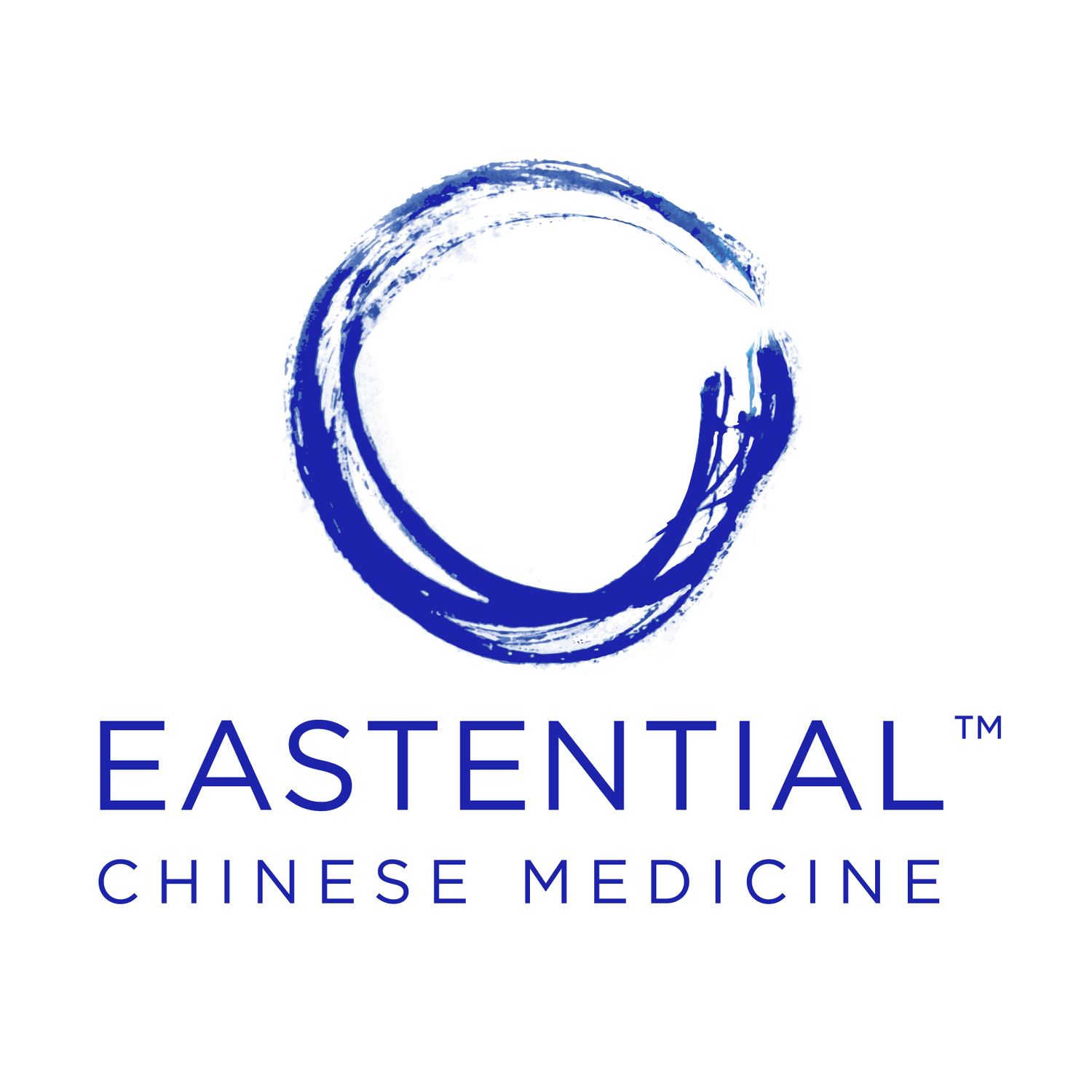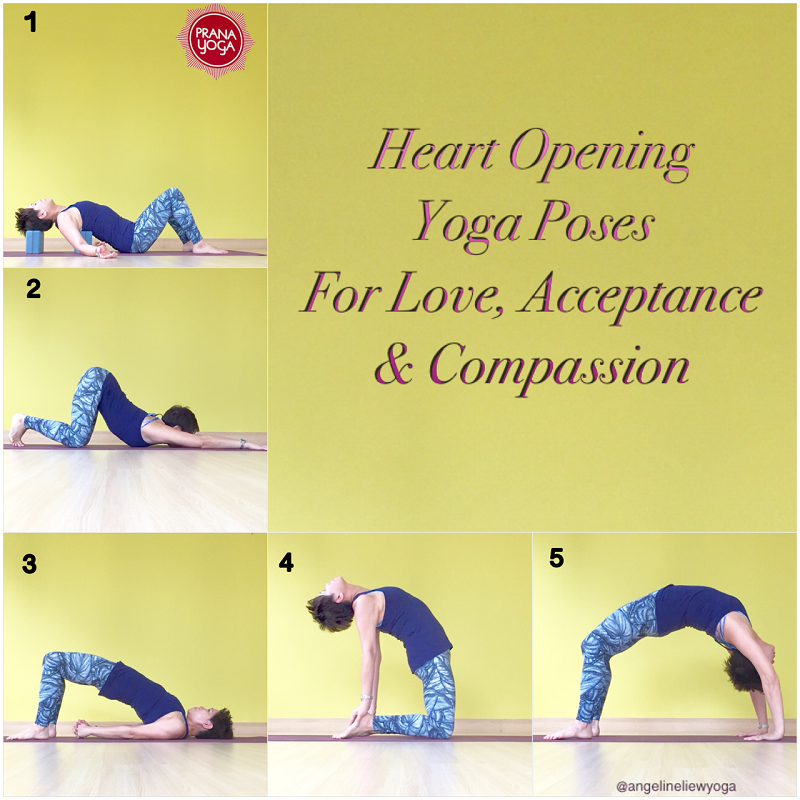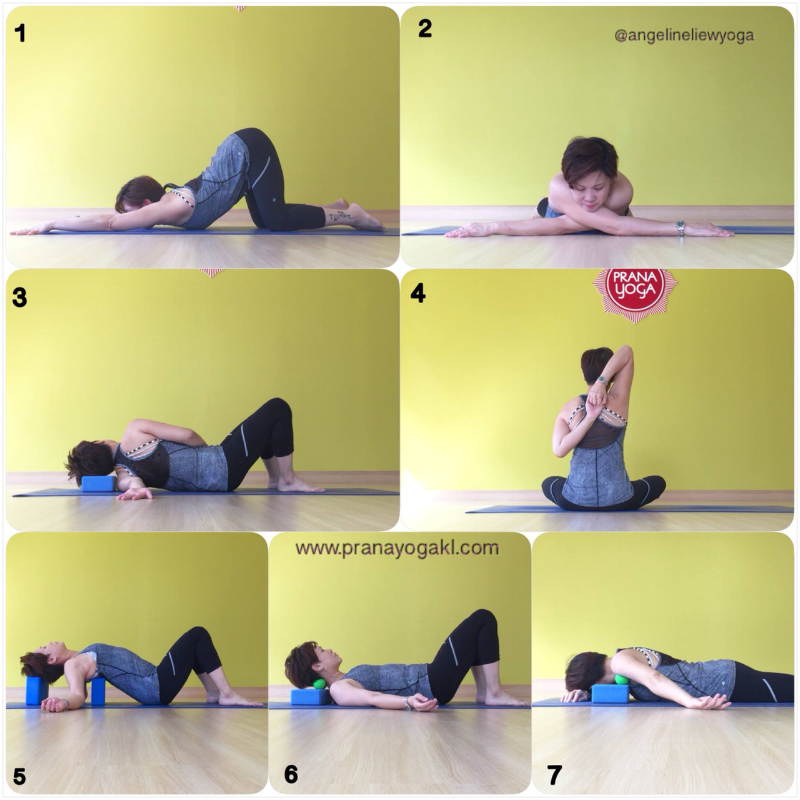We are constantly reminded of love, especially in the month of February, thanks to St Valentine’s Day. In the practice of yoga, the centre of the chest is represented by the Heart Chakra (or ‘Anahata’, in Sanskrit). Chakras mean “wheel”, and being the fourth of seven Chakras that sit along the energetic pathway of the spinal column (Sushumna), Anahata is represented by loving vibrations, kindness, self acceptance, empathy and compassion, when energy is flowing freely.
Backbending asanas, be it restorative or dynamic, are often called “Heart Opening” Poses as they create a sense of liberation…physically, mentally and emotionally. Approach them with an open mind, and witness the ebb and flow of physical sensations and emotions that arise. Practise safely, and warm up well with a few rounds of Surya Namaskar (Sun Salutations) and standing asanas. Use props where necessary, and always consult a yoga teacher if you are new to the practice, have a medical condition or are pregnant.
START by rolling out your yoga mat, sit in a comfortable position and be still for a moment. Witness your breathing, and let your focus drop beneath the neurotic chatter of the busy mind, and into the cave of your heart. Set the intention for your practice (for example), “By accepting and loving myself, I am compassionate to others”.
Restorative Chest Opener (with blocks) : place one block beneath the shoulder blades and one to support the head. This restorative pose gives a lovely myofascial release of the thoracic area whilst keeping the neck free from strain. A great relief after a long busy day at the office or with the kids. Soften into the space, and release your weight onto the block. Stay for 12 long, deep breaths, or even a few minutes if you can spare the time.
Anahatasana (Heart Chakra Pose or Puppy Pose) : From an all-fours position, place your chin on the mat and extend your arms forward. Sink your chest onto the mat whilst keeping the breath smooth. Option to place your forehead on the mat if this variation is too intense for your neck.
Setu Bandhasana (Supported Bridge Pose) : Lie on your back, bend your knees, and place your feet hip width apart. On an inhale, lift your hips up, and interlace your fingers, stretching your knuckles towards your feet. Keep your thighs parallel, and feel like you are lifting up to bring the chest towards your chin. Stay for 12 deep breaths, and on an exhale, release your hands, and lower back down onto the mat.
Ustrasana (Camel Pose) : Come to a kneeling position with your knees and feet hip width apart. On an inhale, lift the chest up, up and up whilst arching and lengthening the whole spine, and place your hands lightly onto your heels. Tailbone is slightly drawn towards the pubic bone, and only if you are comfortable, drop the head back. Stay for 12 even breaths and enjoy the expansiveness of the front of your body. Option to tuck the toes for a more accessible modification.
Chakrasana (Wheel Pose) : From Setu Bandhasana, place your hands by your ears, with the fingers pointing towards your feet, and elbows parallel to one another. On an inhale, lift up into Chakrasana, with your arms straight. Keep your legs engaged by gently hugging your inner thighs to your midline. Breathe well and on an exhale, bend your arms and legs to lower back onto your mat.
Come into Balasana (Child’s Pose) as a counter-pose, followed by Savasana for a few minutes.
End your practice with gratitude and love, to yourself and to others.
Namaste.
Angeline Liew is a Yoga Teacher-Trainer and Co-Founder of Prana Yoga KL. To connect with her for yoga tips and inspirations, follow her on Instagram @angelineliewyoga or practise with her at www.pranayogakl.com





